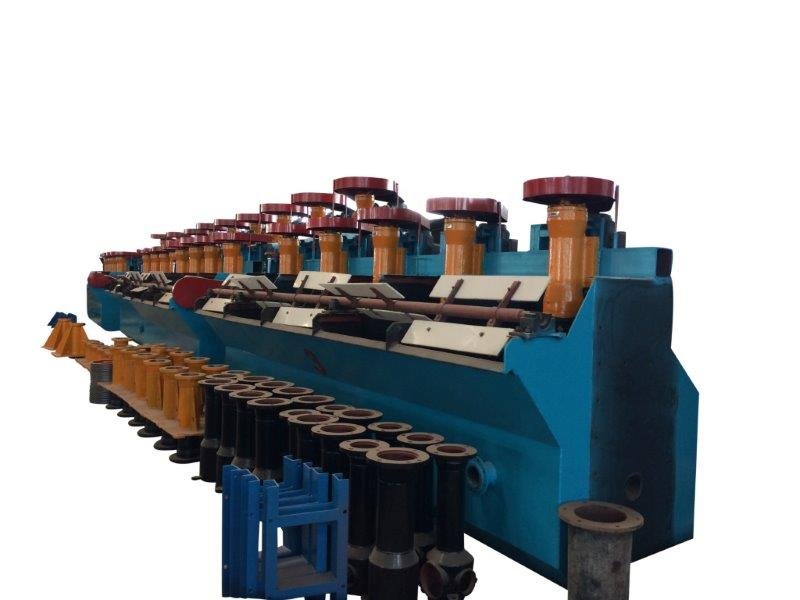Laboratory U-tubes
Gases, Drying and Absorbing.—For this purpose U-tubes, potash bulbs, calcium chloride tubes and calcium chloride jars are used. U-tubes, Fig. 103, are made in a number of forms and are suited to drying gases by the use of calcium chloride, anhydrous copper sulphate, sulphuric acid, etc. Figs, a 103 and b 103 are good forms […]
Laboratory Flasks
Laboratory Flasks may be obtained in some fifteen or twenty different forms, of which the Erlenmeyer and the globe are most used in analytical laboratories. The Erlenmeyer is shown in a, Fig. 102. It is an excellent flask in which to filter by suction (see Chapter III.), for titrations, where precipitates are to be formed […]
Laboratory Carboys
These are used in laboratories for the storage of solutions, and acids, ammonia, etc., are received in them. The problem with them is usually how to get the contents out of them. One of the easiest ways is to place the carboy in a Stevenson’s tilter. This consists of a pair of rockers so fixed […]
Laboratory Aspirators
The simplest form of aspirator consists of two large bottles, a, Fig. 98, both of which are tightly stoppered with rubber stoppers. Through each of these stoppers pass two tubes, one reaching from a few inches outside to within a fraction of an inch of the bottom of the bottle, the other reaching to just […]
Recovery of Molybdenum and Rhenium from Mo Concentrate
As part of the goal to maximize minerals and metals recovery from primary domestic resources, design factors associated with minimizing current leakage in bipolar cell configurations were studied by the Bureau of Mines as a means of improving the efficiency of bipolar electrooxidation cells. Initial studies that were conducted in a small bipolar cell operating […]
Laboratory Filtration System
Filtration by Vacuum The vacuum or suction arrangement shown has four openings and hence four filtrations can be made at the same time. If less than this number are ample for the work to be done, the table may be shortened accordingly. In an iron and steel laboratory, where many samples of pig iron are […]
Effect of Ion Concentrations on Uranium Absorption
The effect of various ion concentrations on uranium absorption from a sodium carbonate solution by a strong-base, anion resin was investigated by the Bureau of Mines in support of its objective to help assure an adequate uranium supply for future needs. The studies were conducted to improve the recovery of uranium from in situ leach […]
Dodecyl Mercaptan Collector for Sulfide Ores
An analysis of a commercial flotation operation cannot be undertaken without considering the effectiveness and characteristics of the mineral collector. While many operations show satisfactory metallurgical performance, others are characterized by low recoveries of certain metals. Factors such as inadequate liberation, surface oxidation of sulfide minerals, or the adverse or depressing action of some modifying […]
Determination Ionic Activities of Metal Salts in Water
A thorough knowledge of thermodynamic properties of strong electrolytes is useful in leaching processes, purifying dissolved salts and precipitating out selected constituents in aqueous solutions. The data on ionic activities are essential in understanding thermodynamics and kinetics of hydrometallurgical processes. In particular, large changes in the activity coefficients, affected by addition of selected electrolytes, may […]
Copper Ore Crushing, Grinding & Flotation

Crushing and Grinding You will note that the Oracle Ridge project has utilized a two-stage crushing circuit with a double acting jaw crusher and cone crusher. In order to utilize this system, the jaw crusher is oversized to produce all -5 material for the cone mill with a screen in closed circuit. Normally a three-stage […]
